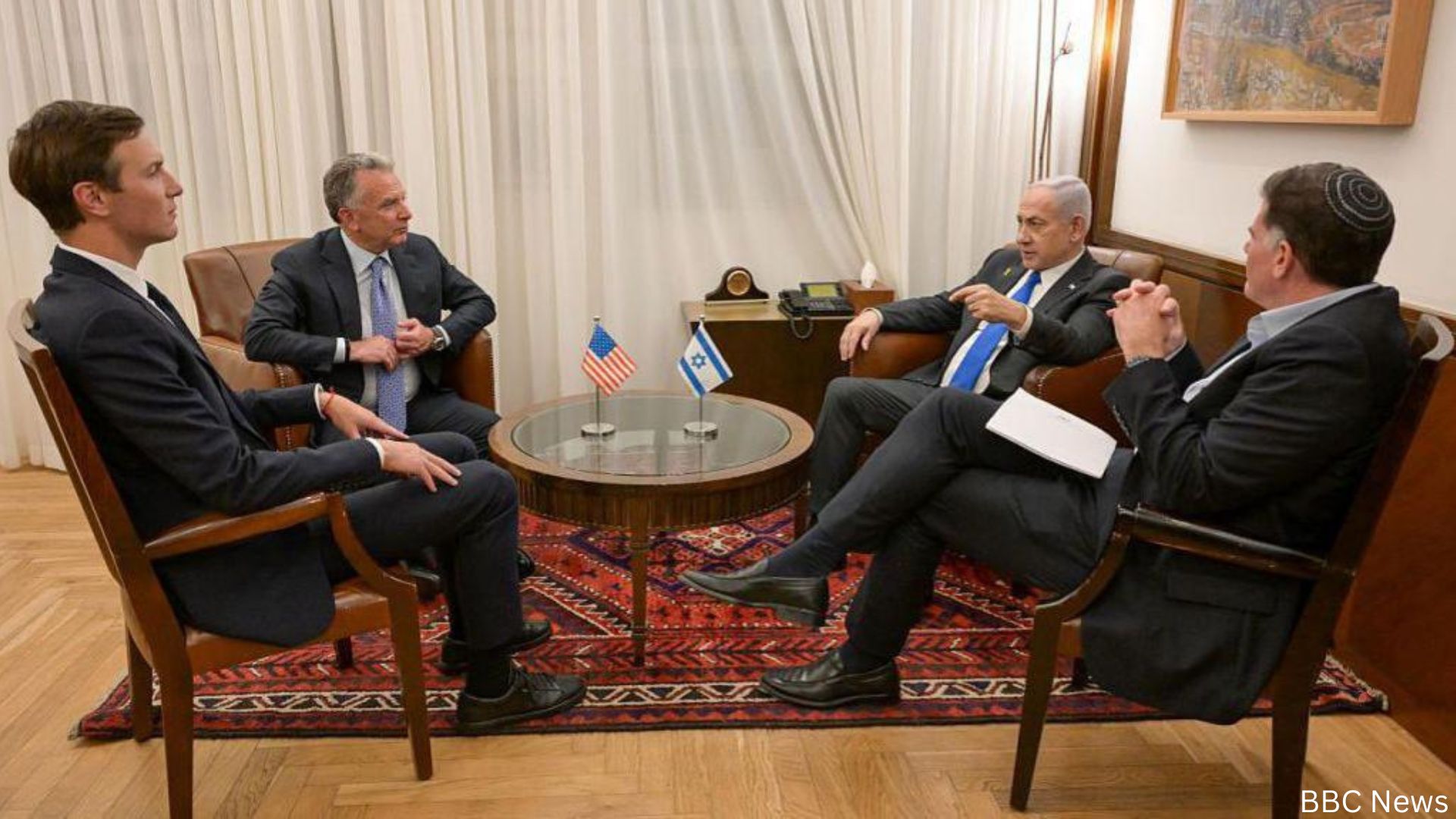On October 9, 2025, Israel’s Cabinet, led by Prime Minister Benjamin Netanyahu, officially approved a peace initiative proposed by former U.S. President Donald Trump. The plan, designed to bring an end to the ongoing conflict in Gaza, focuses on a ceasefire, the release of hostages held by Hamas, and a phased withdrawal of Israeli forces from certain areas within the region. This landmark approval represents a critical step toward reducing violence, restoring stability, and addressing the humanitarian crisis that has persisted in Gaza for over two years.
The peace plan outlines a series of measures intended to ensure the safety and security of both Israeli and Palestinian civilians. Central to the agreement is an immediate ceasefire, which is set to take effect within 24 hours of Israel’s Cabinet approval. Hamas has committed to releasing all remaining hostages, including both living and deceased individuals, within a three-day timeframe. This component of the plan aims to resolve one of the most pressing humanitarian and political challenges in the conflict, offering relief to families who have endured immense uncertainty and grief over the past years.
Another key aspect of the agreement involves the gradual withdrawal of Israeli military forces from selected areas of Gaza. The withdrawal will be closely monitored by international forces, which will provide security oversight and assist with the reconstruction and stabilization of critical infrastructure. This phased approach is intended to prevent a sudden power vacuum, reduce the likelihood of renewed conflict, and facilitate the delivery of humanitarian assistance to the population in Gaza.
The plan also addresses the release of nearly 2,000 Palestinian prisoners, a measure that has been strongly advocated by various international organizations and human rights groups. In addition, border crossings are set to reopen to enable the flow of food, medical supplies, and other essential aid. These steps aim to alleviate the severe humanitarian conditions that have plagued Gaza, including widespread displacement, food shortages, and limited access to healthcare.
President Trump has expressed his intention to travel to the region in the near future to witness the return of hostages and support the implementation of the peace plan. His involvement underscores the international dimension of the agreement and reflects the importance of continued diplomatic engagement to ensure that the ceasefire and subsequent measures are effectively carried out.
The Gaza conflict, which began in October 2023, has had a devastating human toll. Over 67,000 Palestinians and approximately 1,200 Israelis have lost their lives as a result of hostilities. The conflict has also caused significant infrastructure damage, disrupted education, and left countless families displaced. The Trump-brokered peace plan seeks to mitigate these consequences by promoting stability, fostering dialogue, and facilitating long-term reconstruction efforts.
Despite widespread international support, the agreement faces several challenges. Questions regarding the future governance of Gaza, the disarmament of Hamas, and the establishment of mechanisms to prevent renewed hostilities remain unresolved. Further negotiations are expected to address these issues as the ceasefire is implemented. The success of the plan will largely depend on sustained diplomatic engagement, effective monitoring, and cooperation between all parties involved.
International reactions to the plan have generally been positive. Western governments, as well as several Arab nations, have expressed support for the agreement, emphasizing its potential to reduce civilian suffering and create a framework for long-term peace. However, opposition has also emerged within Israel, particularly from far-right factions within the government who have voiced concerns about security risks and the perceived concessions made to Hamas. While these groups have not actively sought to derail the coalition, their dissent highlights the complex political landscape surrounding the agreement.
The humanitarian component of the plan is particularly significant. The reopening of border crossings, the facilitation of medical aid, and the reconstruction of key infrastructure are critical steps toward alleviating the suffering of the civilian population. International organizations are expected to play a key role in coordinating relief efforts and ensuring that resources reach those most in need. By addressing immediate humanitarian concerns while also setting the stage for longer-term reconstruction, the plan offers a balanced approach to managing the multifaceted challenges of the Gaza conflict.
Moreover, the release of hostages is a symbolic and practical milestone that underscores the importance of diplomacy and negotiation in conflict resolution. The safe return of hostages has the potential to build trust between the parties involved and create a foundation for further engagement on broader issues, including security, governance, and economic development.
In conclusion, the approval of Donald Trump’s peace plan by Israel marks a significant step toward ending one of the most intractable conflicts in recent history. The plan’s focus on a ceasefire, the release of hostages, humanitarian aid, and phased military withdrawal represents a comprehensive approach to addressing both immediate and long-term challenges in Gaza. While significant obstacles remain, including political dissent, governance issues, and the need for sustained international oversight, the agreement provides a framework for reducing violence, alleviating human suffering, and promoting stability in the region. The coming days and weeks will be critical in determining the effectiveness of the ceasefire and the broader peace process, but the approval of the plan offers a tangible opportunity for progress and hope in a conflict that has caused immense loss and suffering.




